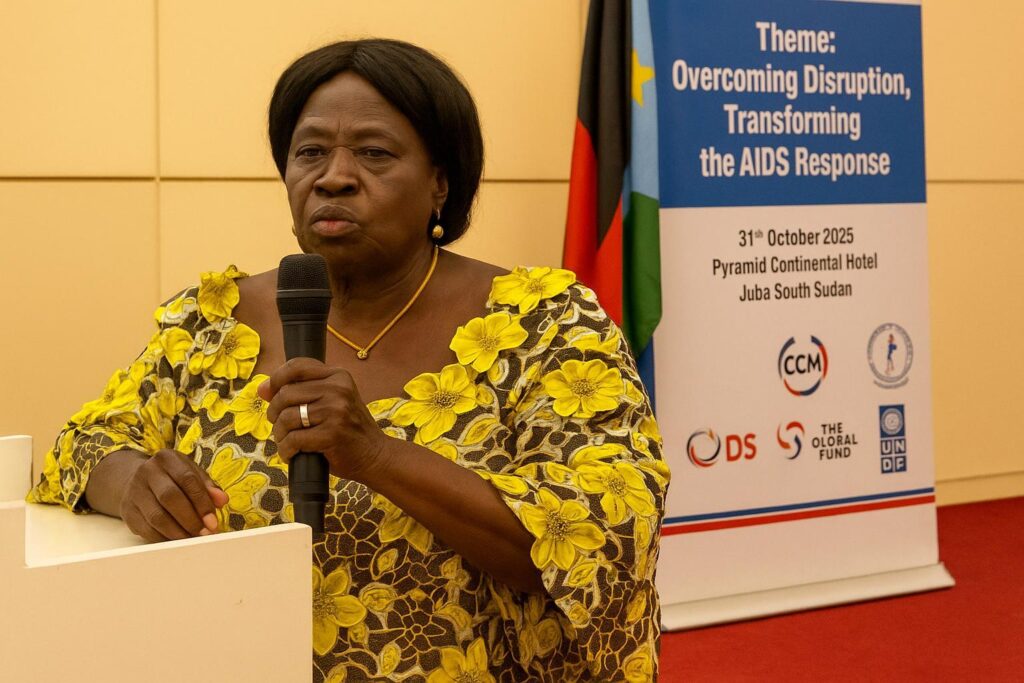HIV Treatment Uptick Signals Hope
Latest figures released during World AIDS Day in Juba show a sharp climb in treatment coverage, with 75,567 South Sudanese now on anti-retroviral therapy. The tally stood at 44,000 only a year ago, signalling sustained momentum despite logistic headwinds.
Anti-Retroviral Access Expands
Deputy Chairperson Achol Ayom Dor credited the jump to coordinated outreach and the uninterrupted supply of free medicines, coordinated by government and partners. She stressed that viral suppression becomes achievable when pills are swallowed on time, allowing healthy pregnancies and transmission-free births.
Treatment coverage among expectant mothers edged up from 4,204 to 4,622. Dor said the improvement illustrates ‘the excellent work of various organisations’. Yet she warned that national coverage, now estimated at 90 percent, must reach 95 percent to consolidate recent wins.
Awareness Drives and Testing Gaps
While treatment numbers rise, only 55 percent of citizens know their HIV status. Dor admitted the figure remains below the ambitious 95 percent target, urging intensified door-to-door testing, radio talk-shows and youth-led social media campaigns to break lingering stigma.
She noted awareness moved from 35 percent to 55 percent within months, describing the leap as encouraging but incomplete. ‘More knowledge means more early treatment,’ she explained, cautioning that untreated cases still contribute silently to community transmission.
Lower Fatality Rates, Ambitious Targets
Annual deaths attributed to HIV have fallen from 8,010 to about 5,000, underscoring the life-saving impact of wider drug availability. Prevalence, once 2.1 percent, is projected to drop to 1.5 percent by 2025 if current trends persist.
Total estimated infections stand at 152,000, down from 172,000 last year. Dor believes the downward curve reflects both effective therapy and demographic shifts. She concluded that South Sudan is ‘making strides’, but emphasised relentless follow-up to sustain the trajectory.


